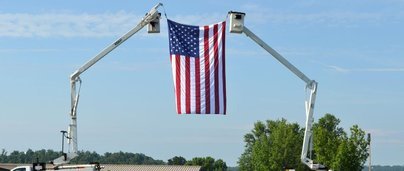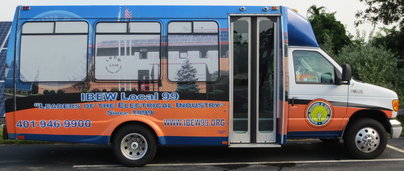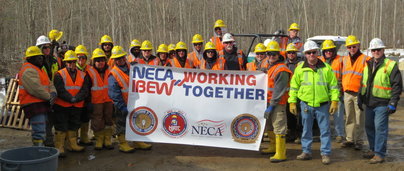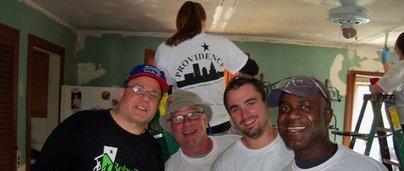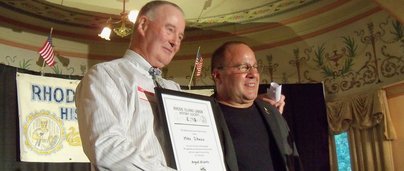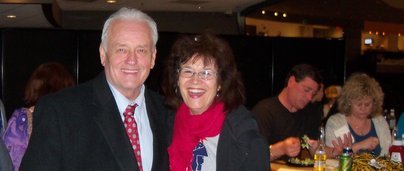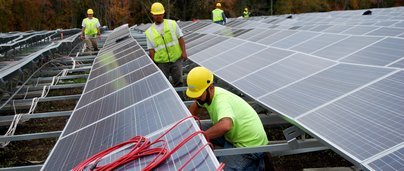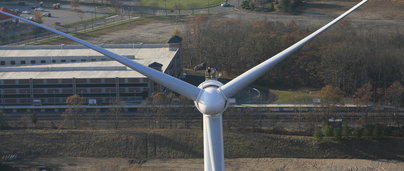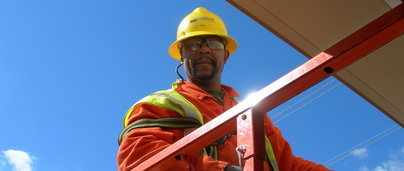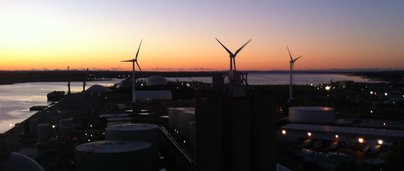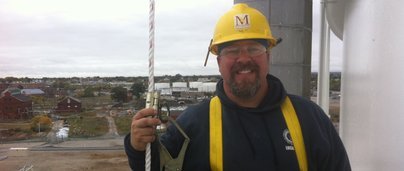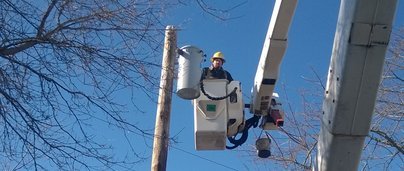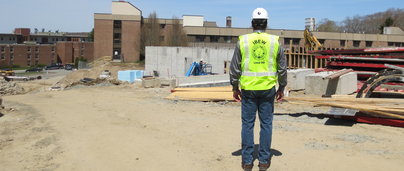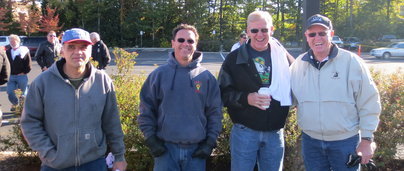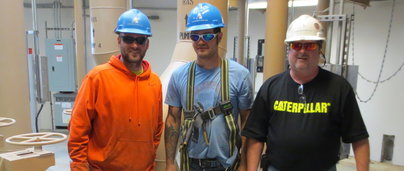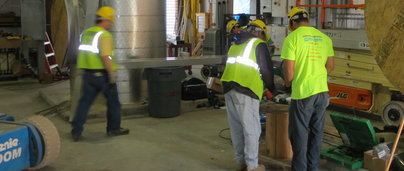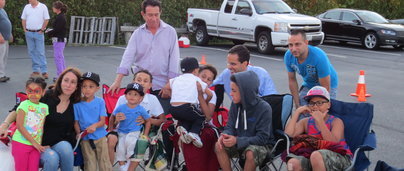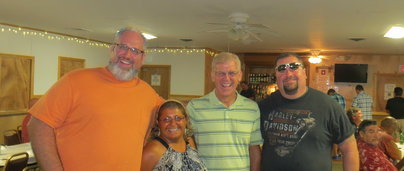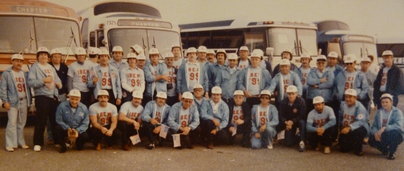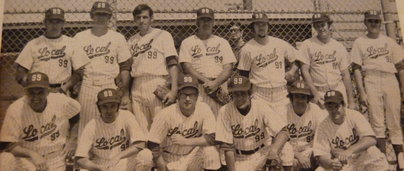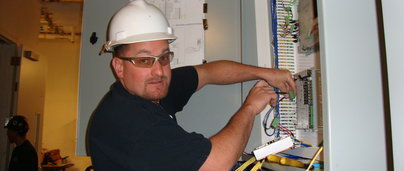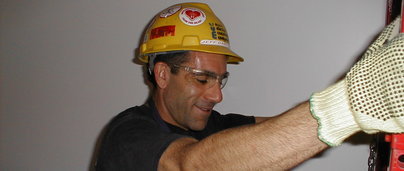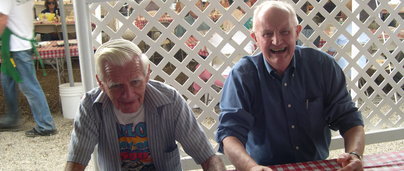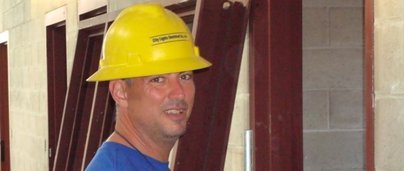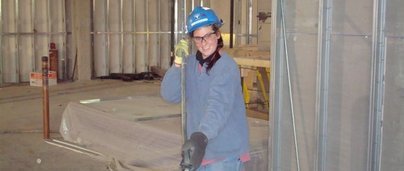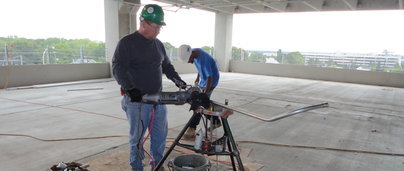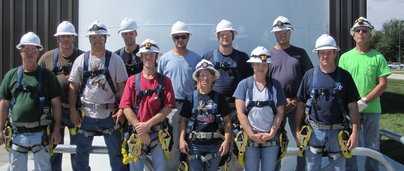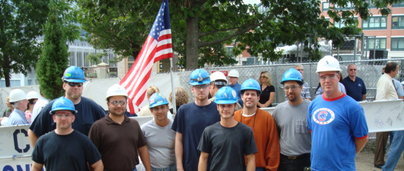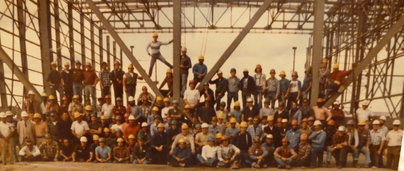History
The International Brotherhood of Electrical Workers began with the formation of the Electrical Wiremen and Linemen’s Union of the American Federation of Labor (AFL) in 1890 during an exposition in St. Louis. Electricians from all over the country had come to the city to install the electrical wiring for the exposition during the day, and at night they gathered to discuss their hazardous jobs and low wages.
The men were ready for a change, so they called a meeting at the city’s Stolley’s Dance Hall, where several members of what was to be called Local 5221 of the American Federation of Labor met with AFL Organizer, Charles Cassel. Henry Miller, a St. Louis Lineman, was elected President and J.T. Kelly, a Wireman recently settled in St. Louis, Vice President.
But these men realized a single isolated Local Union could accomplish little permanent success without the weight of a national organization of electrical workers behind it. So they set out across the country to organize other locals, hoping to eventually bind them together. Traveling in railroad boxcars, President Miller visited Evansville, Louisville, Indianapolis, Chicago and Milwaukee, organizing as he worked. Unions were organized in Toledo, New Orleans, Pittsburgh, Cincinnati, Philadelphia and Duluth.
The following year, at their first convention in 1891, the name National Brotherhood of Electrical Workers was adopted, as was the emblem of the fist grasping lightning bolts.
After the first convention adjourned, President Miller traveled to Birmingham, Alabama, where the AFL was holding its annual convention. On December 4, 1891, the Brotherhood received a charter from the AFL with jurisdiction over all electrical work.
In 1899 the union’s name was changed to International Brotherhood of Electrical Workers when workers and locals from Canada joined.
The second decade of the IBEW showed an increase in the union’s influence and a corresponding decline in labor strife between electrical employers and employees. From 1903 to 1906 the number of card-carrying electrical workers tripled to about 30,000.
Local 99 was founded on January 8th, 1900. By June, Local 99 had Elected John Monuto as President and James D. McDonald as Vice President. At that time, Local 99 had 9 other members, which was enough to establish a charter. The wage was $2.50 a day, for normally a 10-12 hour work day.
By May, 1902, IBEW Local 99 controlled a reported 98% of the electrical work in RI. As Union Membership increased, it was proudly shown on Labor Day in Downtown Providence in September of 1902 with 5,000 union workers marching through the streets.
In the early years of Local 99, being a Union man did not necessarily mean you work for a Union Shop. Whereas the brotherhood was growing, you may work in a shop where the men were half union and half not. By the end of 1902, Local 99 had secured a Union only contract with shops that control 80%+ of the work. The contract also was for an 8 hour workday and overtime on Sundays and Holidays.
In 1919, the IBEW International approved participation in the Council on Industrial Relations, or CIR. The National Association of Electrical Contractors and Dealers (later NECA) became the signatory employer organization. They joined the IBEW in setting up the CIR as a “supreme court” of the electrical construction industry, to settle disputes and bring stability to the industry.
(to be continued…)

